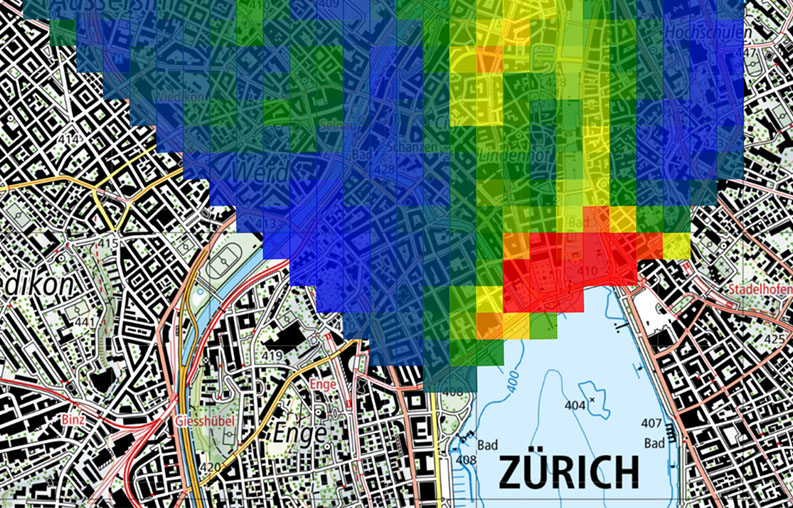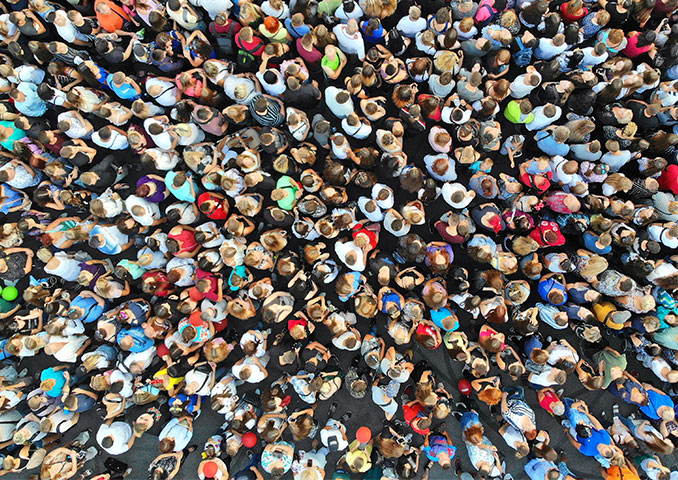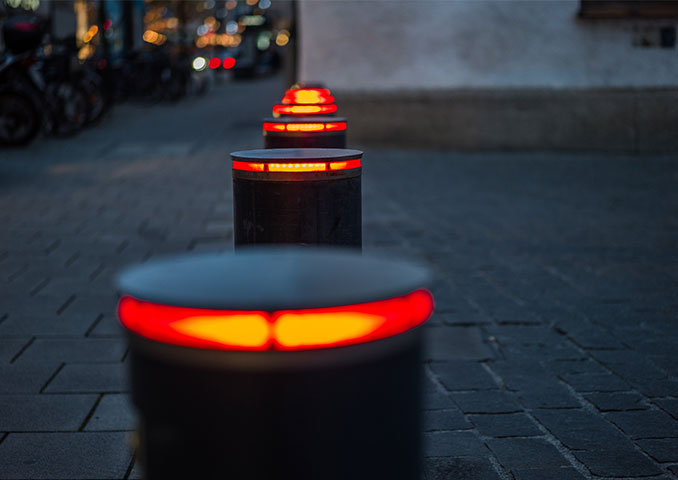People density prediction
Risk management in high-density urban areas.
Your job is to protect the public. We use mobility data to identify large gatherings of people in small geographic areas, allowing you to create data-driven safety measures.


For civil protection, events and drone operators
Using mobile phone data and other parameters, we calculate the number of people to be expected in a particular place at a particular time. This makes it possible to prepare security measures and plan operations and events in advance. Drone operators use the information to perform drone flight risk analyses.
A beta version of Swisscom Broadcast’s People Density Prediction Service is now available.





People Density Prediction
Data-driven prediction
The algorithm combines Swisscom mobile data with weather forecasts
People density measurement
Calculation of people density in populated areas
Current data
View daily reports in hourly increments at the touch of a button
Crowd Management
Relevant events can be integrated into the algorithm independently
Why Swisscom Broadcast
Register now for a no-obligation demo
Which data do the services use?
What is the legal basis for the services?
What data must be processed for the services to provide the information requested by the customer?
Is it possible for the reports provided on the services to be used to identify or perhaps monitor the holders of SIM cards?
Is it possible to opt out of location data reporting for your own SIM card?

Philipp Eder
Head of Drones & Robots for The Federal Office of Civil Aviation (FOCA)